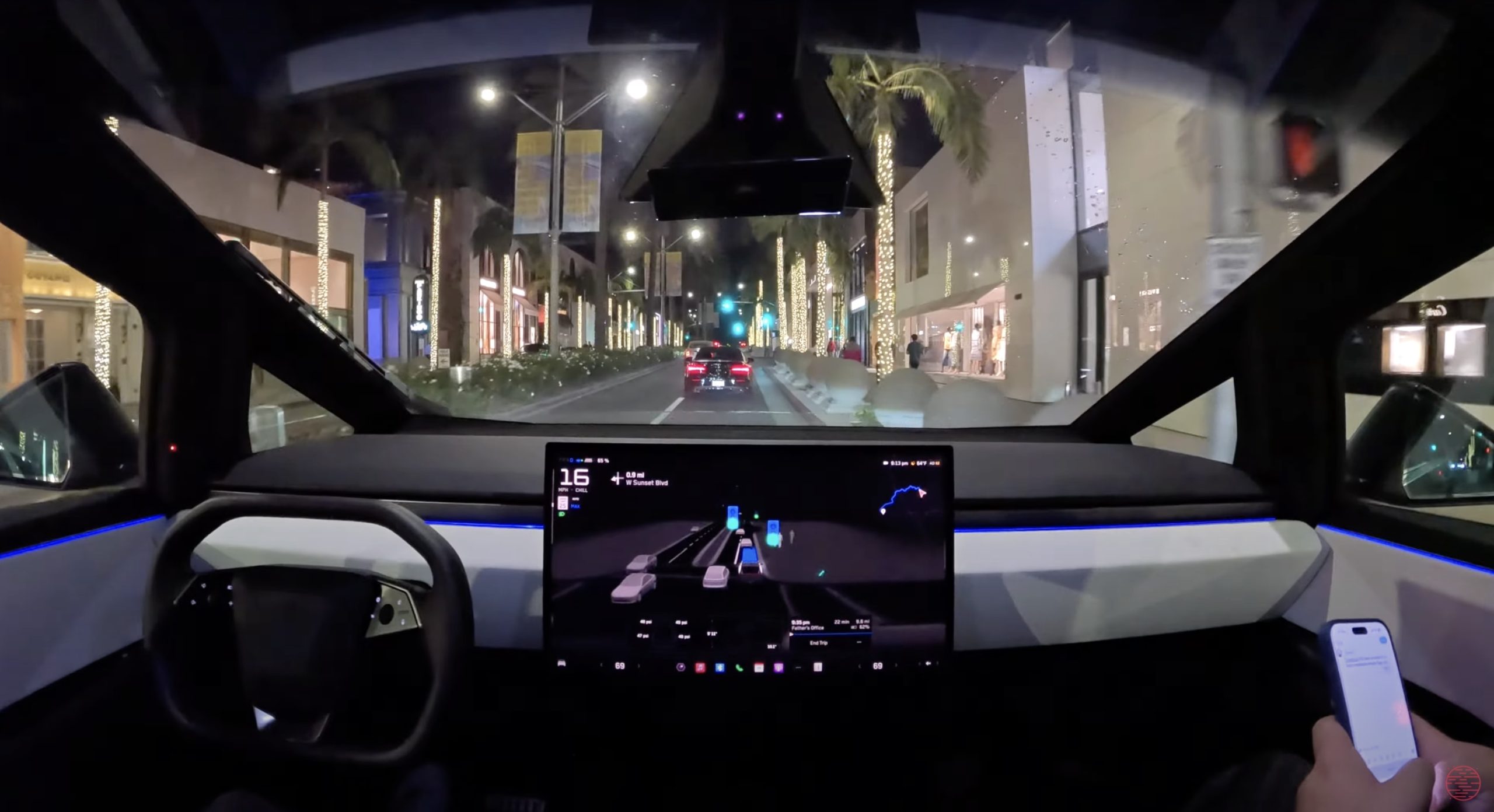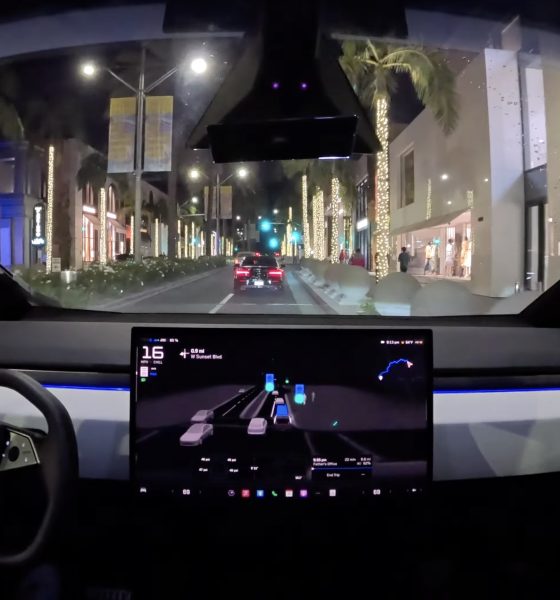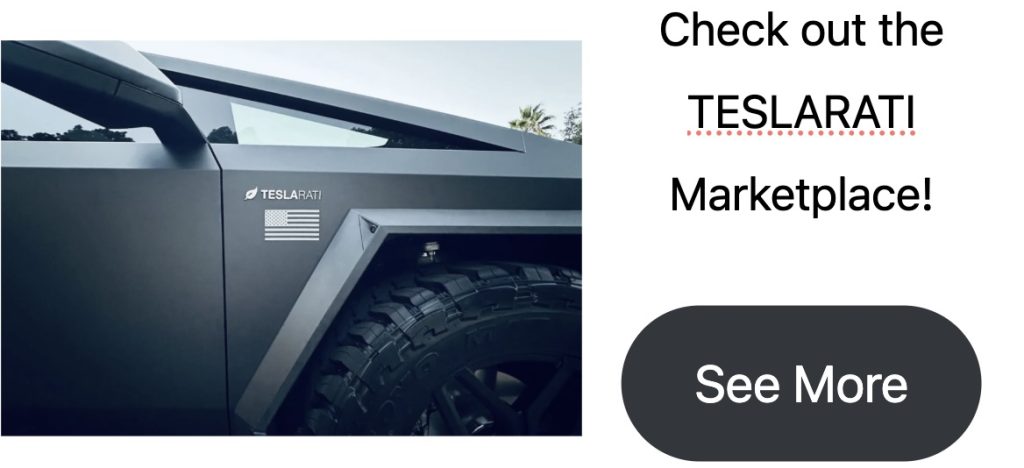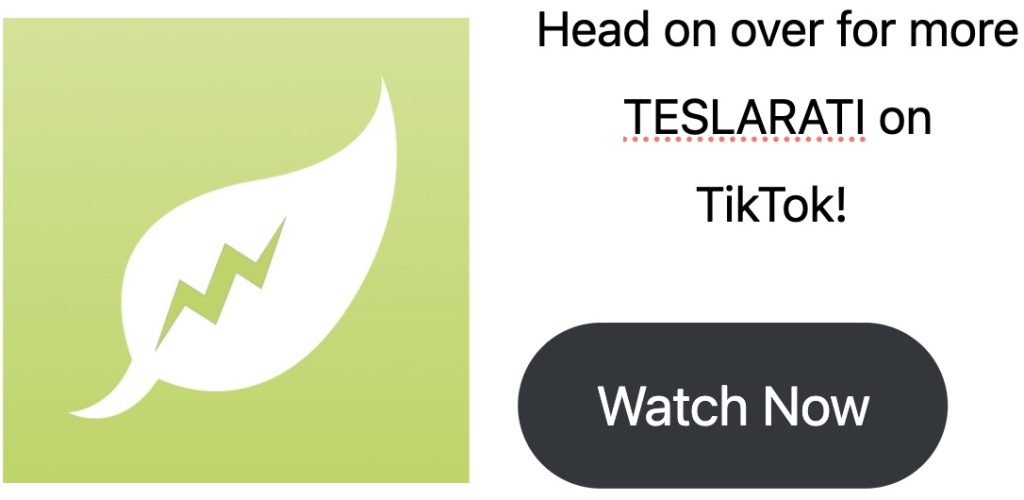

News
Elon Musk discusses Tesla FSD rollout challenges for Europe and China
It is no secret that Tesla’s future relies largely on the company’s ability to achieve true autonomous driving through its Full Self-Driving (FSD) program.
However, while FSD is making huge headways in North America, the program has yet to be rolled out in key markets such as Europe and China.
FSD milestones:
- Tesla has been initiating a continued push to roll out improvements to FSD, with recent v13 releases getting positive reviews from users.
- As hinted at by Tesla’s Q4 2024 Update Letter, FSD users have likely passed 3 billion cumulative miles since the program was launched in October 2020.
- Prior to the Q4 2024 earnings call, Tesla posted a video demonstrating Unsupervised FSD in action at the Fremont Factory.
- Elon Musk also reiterated during the recent earnings call that customers who bought FSD with their HW3 vehicles will get an AI4 hardware upgrade for free.
Europe challenges:
- While FSD is already training very well in North America, Elon Musk noted during the Q4 2024 earnings call that there are challenges to rolling out the system in Europe.
- In Europe, Musk noted that tons of regulations and bureaucracy make it difficult to roll out FSD in the region.
- “Europe is a layer cake of regulations of bureaucracy, that really needs to be addressed. This is like America innovates, Europe regulates. So, guys, there’s too many reps in the field. For example, for us, just to release supervised full self-driving in Europe, even though it works really well, we have to go through a mountain of paperwork with the Netherlands, which is our primary regulatory authority.
- “Then the Netherlands presents this to the EU in, I think, May. And there’s like this big EU country committee. We expect it to be approved at that time. There’s nothing we can do to make that happen sooner.
- “In fact, nobody seems to do — but I guess all the countries would have to somehow vote in some way to have it happen sooner than May. Otherwise, it wouldn’t happen sooner than May. So, when is unsupervised FSD a lot in Europe? I’m like May next year, maybe? I don’t know. Sometimes it’s a 12-month cadence, sometimes it’s six-month cadence,” Musk said.
China challenges:
- It’s not just Europe that is proving challenging. As per Musk, even China has some challenges when it comes to the rollout of FSD.
- “Then China, which is a gigantic market, we do have some challenges because they weren’t — they currently don’t allow us to transfer training video outside of China. And then the US government won’t let us do training in China. So, we’re in a bit of a bind there. It’s like a quandary.
- “So, we’re resolving that by literally looking at videos of streets in China that are available on the internet to understand and then feeding that into our video training so that publicly available video of street signs and traffic rules in China can be used for training and then also putting it in a very accurate simulator. And so, it will train using sim for bus lanes in China. Like bus lanes in China are one of our biggest challenges in making FSD work in China. Their bus lanes are very complicated. And there’s like literally like hours of the day that you’re allowed to be there and not be there.
- “And then if you accidently go in at bus lane at the wrong time, you get an automatic ticket instantly. And so, it was kind of a big deal, bus lanes in China. So, we put that into our simulator train on that, the car has to know what time of day it is, read the sign. Anyway, we’ll get this solved,” Musk said.


Don’t hesitate to contact us with news tips. Just send a message to simon@teslarati.com to give us a heads up.

News
Tesla FSD fleet is nearing 7 billion total miles, including 2.5 billion city miles
As can be seen on Tesla’s official FSD webpage, vehicles equipped with the system have now navigated over 6.99 billion miles.

Tesla’s Full Self-Driving (Supervised) fleet is closing in on almost 7 billion total miles driven, as per data posted by the company on its official FSD webpage.
These figures hint at the massive scale of data fueling Tesla’s rapid FSD improvements, which have been quite notable as of late.
FSD mileage milestones
As can be seen on Tesla’s official FSD webpage, vehicles equipped with the system have now navigated over 6.99 billion miles. Tesla owner and avid FSD tester Whole Mars Catalog also shared a screenshot indicating that from the nearly 7 billion miles traveled by the FSD fleet, more than 2.5 billion miles were driven inside cities.
City miles are particularly valuable for complex urban scenarios like unprotected turns, pedestrian interactions, and traffic lights. This is also the difference-maker for FSD, as only complex solutions, such as Waymo’s self-driving taxis, operate similarly on inner-city streets. And even then, incidents such as the San Francisco blackouts have proven challenging for sensor-rich vehicles like Waymos.
Tesla’s data edge
Tesla has a number of advantages in the autonomous vehicle sector, one of which is the size of its fleet and the number of vehicles training FSD on real-world roads. Tesla’s nearly 7 billion FSD miles then allow the company to roll out updates that make its vehicles behave like they are being driven by experienced drivers, even if they are operating on their own.
So notable are Tesla’s improvements to FSD that NVIDIA Director of Robotics Jim Fan, after experiencing FSD v14, noted that the system is the first AI that passes what he described as a “Physical Turing Test.”
“Despite knowing exactly how robot learning works, I still find it magical watching the steering wheel turn by itself. First it feels surreal, next it becomes routine. Then, like the smartphone, taking it away actively hurts. This is how humanity gets rewired and glued to god-like technologies,” Fan wrote in a post on X.
News
Tesla starts showing how FSD will change lives in Europe
Local officials tested the system on narrow country roads and were impressed by FSD’s smooth, human-like driving, with some calling the service a game-changer for everyday life in areas that are far from urban centers.

Tesla has launched Europe’s first public shuttle service using Full Self-Driving (Supervised) in the rural Eifelkreis Bitburg-Prüm region of Germany, demonstrating how the technology can restore independence and mobility for people who struggle with limited transport options.
Local officials tested the system on narrow country roads and were impressed by FSD’s smooth, human-like driving, with some calling the service a game-changer for everyday life in areas that are far from urban centers.
Officials see real impact on rural residents
Arzfeld Mayor Johannes Kuhl and District Administrator Andreas Kruppert personally tested the Tesla shuttle service. This allowed them to see just how well FSD navigated winding lanes and rural roads confidently. Kruppert said, “Autonomous driving sounds like science fiction to many, but we simply see here that it works totally well in rural regions too.” Kuhl, for his part, also noted that FSD “feels like a very experienced driver.”
The pilot complements the area’s “Citizen Bus” program, which provides on-demand rides for elderly residents who can no longer drive themselves. Tesla Europe shared a video of a demonstration of the service, highlighting how FSD gives people their freedom back, even in places where public transport is not as prevalent.
What the Ministry for Economic Affairs and Transport says
Rhineland-Palatinate’s Minister Daniela Schmitt supported the project, praising the collaboration that made this “first of its kind in Europe” possible. As per the ministry, the rural rollout for the service shows FSD’s potential beyond major cities, and it delivers tangible benefits like grocery runs, doctor visits, and social connections for isolated residents.
“Reliable and flexible mobility is especially vital in rural areas. With the launch of a shuttle service using self-driving vehicles (FSD supervised) by Tesla in the Eifelkreis Bitburg-Prüm, an innovative pilot project is now getting underway that complements local community bus services. It is the first project of its kind in Europe.
“The result is a real gain for rural mobility: greater accessibility, more flexibility and tangible benefits for everyday life. A strong signal for innovation, cooperation and future-oriented mobility beyond urban centers,” the ministry wrote in a LinkedIn post.
News
Tesla China quietly posts Robotaxi-related job listing
Tesla China is currently seeking a Low Voltage Electrical Engineer to work on circuit board design for the company’s autonomous vehicles.

Tesla has posted a new job listing in Shanghai explicitly tied to its Robotaxi program, fueling speculation that the company is preparing to launch its dedicated autonomous ride-hailing service in China.
As noted in the listing, Tesla China is currently seeking a Low Voltage Electrical Engineer to work on circuit board design for the company’s autonomous vehicles.
Robotaxi-specific role
The listing, which was shared on social media platform X by industry watcher @tslaming, suggested that Tesla China is looking to fill the role urgently. The job listing itself specifically mentions that the person hired for the role will be working on the Low Voltage Hardware team, which would design the circuit boards that would serve as the nervous system of the Robotaxi.
Key tasks for the role, as indicated in the job listing, include collaboration with PCB layout, firmware, mechanical, program management, and validation teams, among other responsibilities. The role is based in Shanghai.
China Robotaxi launch
China represents a massive potential market for robotaxis, with its dense urban centers and supportive policies in select cities. Tesla has limited permission to roll out FSD in the country, though despite this, its vehicles have been hailed as among the best in the market when it comes to autonomous features. So far, at least, it appears that China supports Tesla’s FSD and Robotaxi rollout.
This was hinted at in November, when Tesla brought the Cybercab to the 8th China International Import Expo (CIIE) in Shanghai, marking the first time that the autonomous two-seater was brought to the Asia-Pacific region. The vehicle, despite not having a release date in China, received a significant amount of interest among the event’s attendees.








